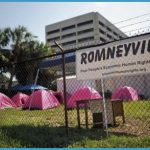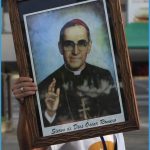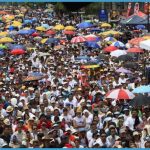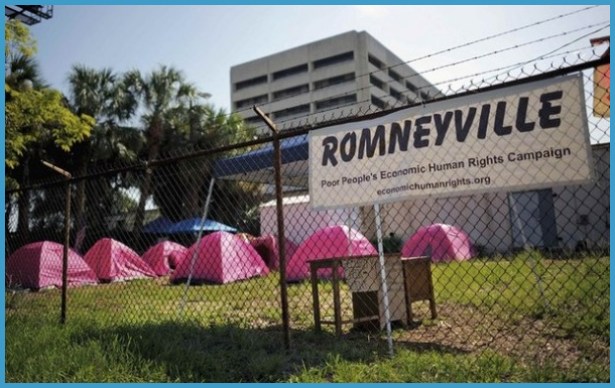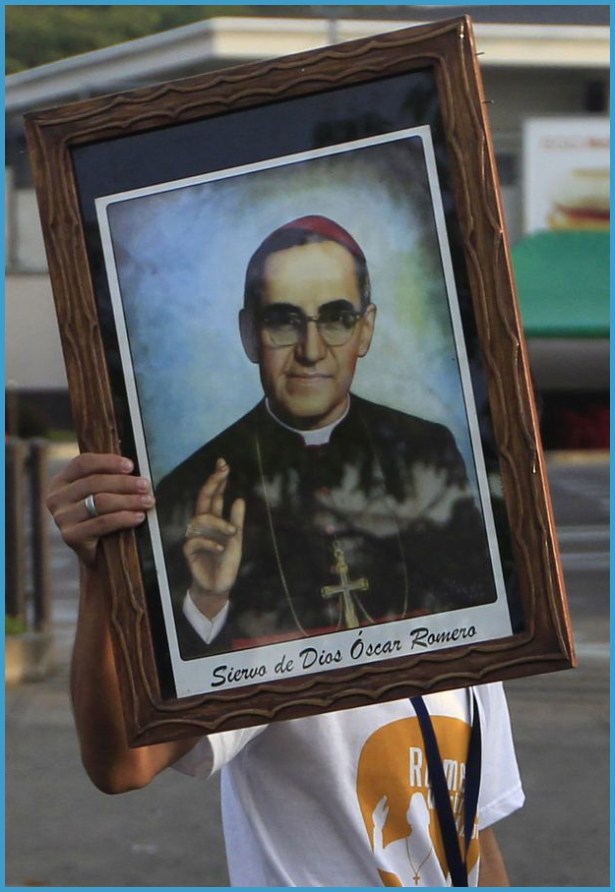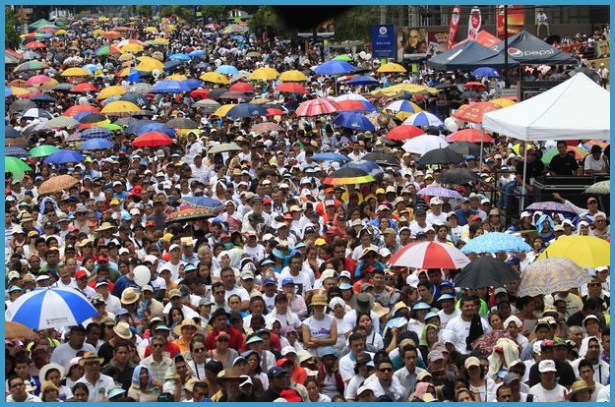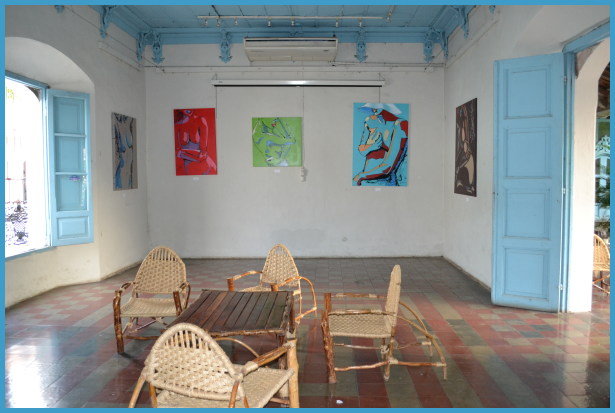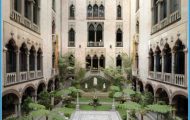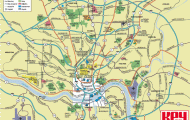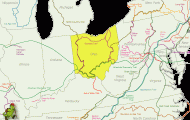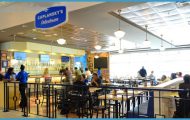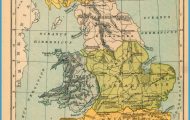The history of Salvadorans in Chicago can be traced back to the late 1920s, with a steady flow of migration beginning in the 1950s.68 This first wave of migrants was mostly composed of upper- and middle-class students. The civil war in El Salvador spurred a second wave of Salvadoran migration to Chicago, from the 1970s through the 1990s. Initially, Salvadorans entered directly into the United States. However, as the civil war intensified, many Salvadorans migrated through Mexico to come to the United States, crossing over illegally.69
Archbishop Romero, an outspoken critic of the military in El Salvador, provided support for change and activism in Chicago. He was murdered by a gunman on March 24, 1980, while performing a memorial mass for a friend’s mother.
His death became the impetus for the founding of Centro Romero in Chicago, whose mission is to address social injustice among Central Americans.70 Chicago faith organizations formed the Chicago Metropolitan Sanctuary Alliance and unmistakably defied of the U.S. government, which continued to refuse political asylum to refugees. Without legal recourse, churches all over the United States began participating in a concerted effort to protect, aid, and shelter Salvadorans and others. The conglomeration of churches participating in this undertaking were known as the Chicago Religious Task Force on Central America. The task force established an underground railroad, known to operate during 1983 and 1984. This underground railroad shuttled refugees from place to place, in secrecy, and through a network of churches and synagogues.71

